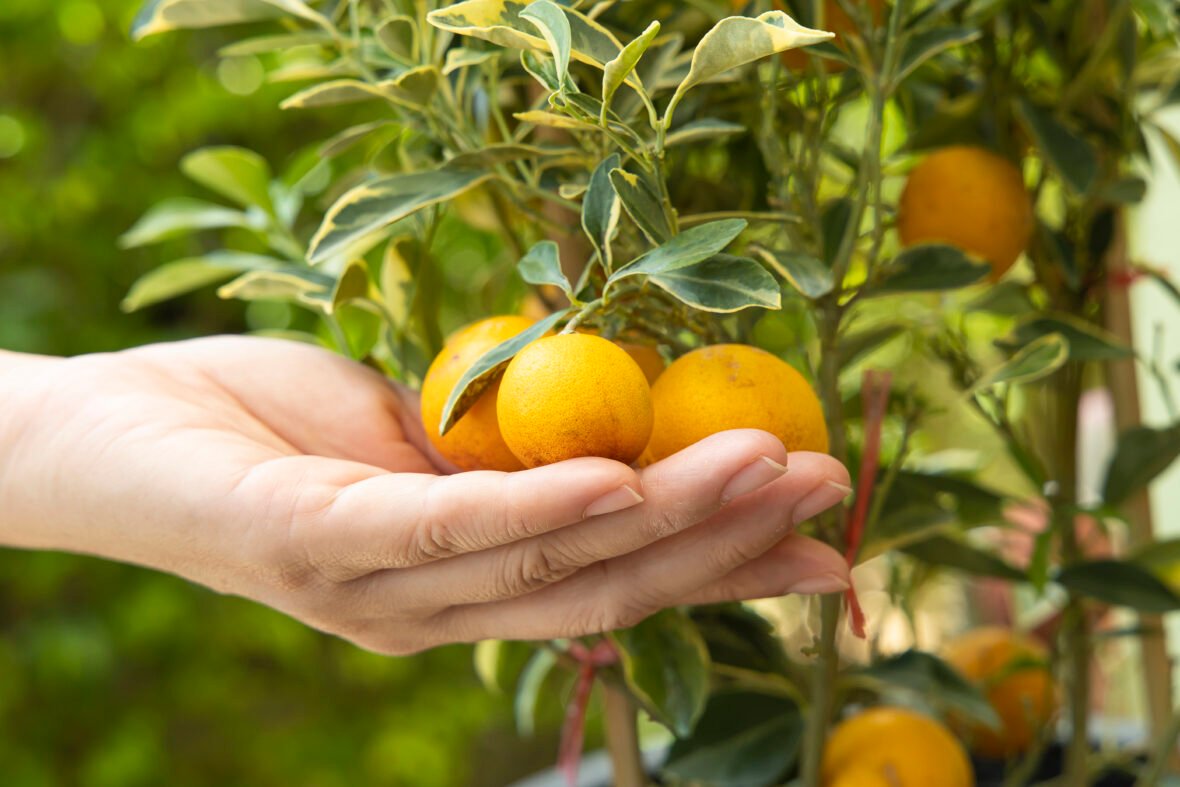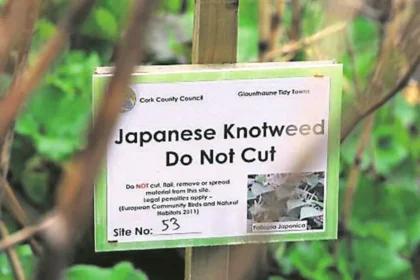Cultivating and upkeeping fruit trees may be both gratifying and demanding. However, by acquiring the appropriate expertise and providing diligent attention, it is feasible to relish a plentiful yield consistently. This book provides a detailed exploration of the steps involved in planting and caring for fruit trees. It covers several aspects, including the selection of suitable tree types and the continuous activities required for their upkeep.

1. Choosing Appropriate Fruit Trees:
Prior to commencing the planting procedure, it is of utmost importance to carefully choose the appropriate fruit trees that are suitable for the particular temperature, soil composition, and available area. Consider the following considerations while picking fruit tree species:
climatic Compatibility: Various fruit tree species flourish in different climatic zones. Conduct a study on the specific climatic needs of different fruit trees and choose species that are most compatible with the temperature, humidity, and frost patterns of your location.
Soil Conditions: Assess your soil’s pH level, drainage capacity, and nutrient content. Fruit trees often thrive in soil that has good drainage and a pH level between 6.0 and 7.0. Perform a soil analysis to ascertain any required modifications before to planting.
Space Availability: Consider the mature size of the fruit trees and create appropriate distance between plants to minimize overcrowding. Dwarf or semi-dwarf species are excellent for smaller yards or container gardening, whereas standard-sized trees need more area.
Pollination Requirements: Certain species of fruit trees exhibit self-pollination, but others need cross-pollination with suitable kinds in order to produce fruit. If there is enough room, it is advisable to plant many trees of appropriate kinds in order to guarantee proper pollination.
2. Preparing the Planting Site:
Once you’ve picked the suitable fruit tree species, it’s time to prepare the planting spot. Follow these measures to establish an ideal environment for tree growth:
Choose a Sunny Location: Fruit trees thrive in full sun, so find a planting location that gets at least 6 to 8 hours of direct sunshine every day.
Clear the Area: Remove any weeds, grass, or debris from the planting location to limit competition for nutrients and water.
Amend the Soil: Incorporate organic materials such as compost or aged manure into the soil to increase its structure, fertility, and moisture retention.
Dig a Planting Hole: Dig a hole that is twice as broad and slightly shallower than the tree’s root ball. Gently loosen the dirt at the bottom of the hole to stimulate root growth.
3. Planting the Fruit Tree:
Proper planting method is vital for producing robust fruit trees. Follow these steps to assure success:
Remove the Tree from its Container: Carefully remove the fruit tree from its container, taking care not to harm the roots. If the tree is root-bound, gently pry the roots apart to stimulate outward development.
Position the Tree: Place the tree in the middle of the planting hole, ensuring that the top of the root ball is level with the surrounding soil surface.
Backfill the Hole: Fill the hole with the modified soil, carefully tamping it down to eliminate air pockets. Water the tree thoroughly to settle the dirt around the roots.
Mulch Around the Tree: Apply a 2 to 4-inch layer of organic mulch, such as wood chips or straw, around the base of the tree. Mulch helps retain moisture, reduce weeds, and regulate soil temperature.
4. Watering and Fertilizing:
Proper watering and fertilizer are vital for ensuring healthy growth and fruit development in fruit trees. Follow these suggestions for watering and fertilizing:
Watering: Newly planted fruit trees need frequent watering to create a robust root system. Water deeply and rarely, enabling adequate moisture to enter the root zone. Monitor soil moisture levels and adjust irrigation frequency depending on weather conditions.
Fertilizing: Fertilize fruit trees yearly in early spring before new growth begins. Use a balanced fertilizer developed particularly for fruit trees, or add compost or aged manure around the base of the tree. Avoid over-fertilization, since excessive nutrients might lead to leaf burn or poor fruit quality.
5. Pruning and Training:
Pruning is a crucial component of fruit tree management, helping to form the tree, increase airflow, and boost fruit production. Follow these pruning and training tips:
Formative Pruning: Perform formative pruning during the first few years following planting to build a robust structure of branches. Remove any competing or crossing branches, as well as any suckers or water sprouts.
Thinning: Thin surplus fruit clusters to lessen competition and promote bigger, healthier fruit. Aim for uniformly spread fruit throughout the branches, discarding any deformed or broken fruit.
Training: Train immature fruit trees to a central leader or open-center form, depending on the desired tree shape and growth pattern. Use pruning methods such as heading back, thinning cuts, and directed pruning to guide growth and maintain balance.
6. Pest and Disease Management:
Fruit trees are prone to a range of pests and diseases that may influence tree health and fruit quality. Implement integrated pest management (IPM) measures to decrease pest and disease pressure:
Monitoring: Regularly monitor fruit trees for evidence of insect infestation, disease symptoms, or other difficulties such as nutritional deficits or water stress.
Cultural Controls: Maintain proper sanitation practices by removing fallen leaves, fruit, and debris from around the tree to decrease overwintering habitats for pests and diseases. Prune out any dead or diseased branches early to avoid the spread of disease.
Biological Controls: Encourage natural predators such as ladybugs, lacewings, and predatory mites to help manage pest populations. Introduce helpful insects or utilize biological insecticides as a natural alternative to artificial pesticides.
Chemical Controls: As a last option, apply chemical insecticides sparingly and according to package directions. Select insecticides that are target-specific and offer low danger to beneficial insects, animals, and the environment.
7. Harvesting and Storage:
The conclusion of your labor is the harvest of ripe, luscious fruit from your trees. Follow these recommendations for effective fruit picking and storage:
Harvesting: Monitor fruit maturity periodically and harvest when fruits attain their full color and size. Use pruning shears or hand-pick fruit gently to prevent injuring the tree or nearby branches.
Storage: Store gathered fruit in a cool, dry area with excellent ventilation to lengthen shelf life and retain freshness. Some fruits, such as apples and pears, benefit from cold storage in a refrigerator or root cellar to extend freshness.
8. Ongoing Care and Maintenance:
Maintaining healthy fruit trees demands continual care and attention throughout the growing season. Stay proactive with the following maintenance practices:
Weed Control: Keep the area surrounding fruit trees free of weeds to limit competition for water, nutrients, and sunshine. Use mulch or till the soil periodically to inhibit weed development.
Water Management: Monitor soil moisture levels periodically and adjust irrigation frequency and duration according on weather conditions. Deep watering during dry months is needed to ensure good root growth and fruit development.
illness Prevention: Implement cultural practices like as correct trimming, cleanliness, and spacing to limit the risk of illness. Apply preventative treatments such as dormant oil sprays or copper fungicides as required to guard against fungal infections.
Pest Management: Monitor fruit trees for indicators of pest activity and respond early to avoid infestations. Use pheromone traps, sticky traps, or barrier measures to prevent pests, and consider introducing natural predators or beneficial insects for biological management.
Annual Maintenance: Schedule annual maintenance operations including as trimming, fertilizing, and pest/disease control to correspond with important growth phases and seasonal changes.
By following these rules for planting and maintaining fruit trees, you may build a healthy orchard that delivers numerous harvests of fresh, tasty fruit for years to come. With appropriate care and attention, your fruit trees will reward you with delicious fruit and improve the beauty of your environment for centuries to come.




